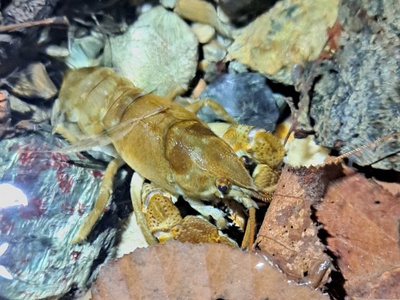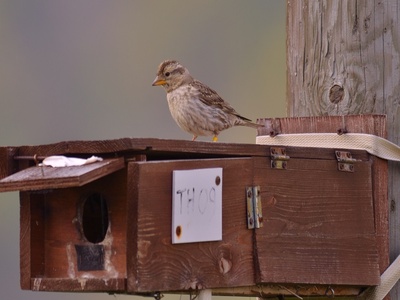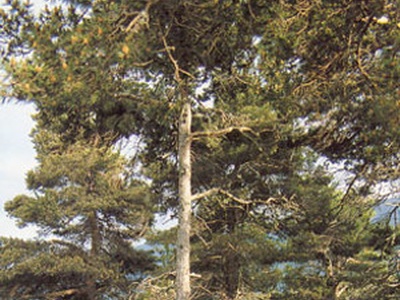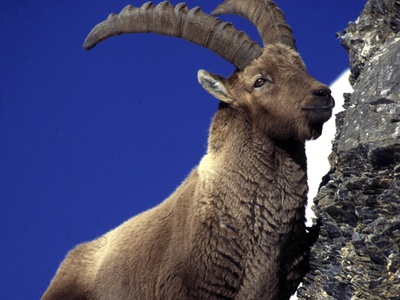Parcopedia
 Flora
Flora
Genepì is a small plant that grows on scree and rocky areas at altitudes above 2300 meters, but it is also cultivated in the mountains on suitable terrains and positions, for the production of herbal teas and liquors.
 Fauna
Fauna
Chorthippus (Glyptobothrus) pullus (Philippi, 1830) is a rare insect belonging to the order Orthoptera, heavily threatened with extinction in Italy and Europe due to the destruction of natural habitats, consisting of wide riverbeds characterized by flow dynamics that are not altered by humans.
 Fauna
Fauna
The marmot is a diurnal rodent that lives in alpine meadows. It feeds on plants and insects, digs complex burrows, and hibernates from October to April. The young are born after 30-35 days of gestation and remain in the burrow for 40 days. The main predators are the golden eagle and terrestrial carnivores.
 Fauna
Fauna
The black grouse, also commonly known as the capercaillie (Lyrurus tetrix), is one of the species that make up the typical alpine fauna. The adult male has black plumage with metallic blue highlights, white-edged wings, a deeply forked "lyre-shaped" tail, and red wattles above the eyes, which become particularly prominent in spring. The female, smaller and with brown-mimetic plumage, blends in with the surrounding environment and is less conspicuous.
 Fauna
Fauna
The river prawn (Austropotamobius pallipes complex) is one of the most discreet and valuable inhabitants of our waterways. Brown-olive in color, with the underside of the claws lighter, hence the Latin name pallipes ("light feet"), it has a distinctive appearance: a robust, segmented body, two large front claws, and an abdomen that ends with a wide caudal fan, which allows for rapid backward movements in case of escape. Adults typically reach a length of 8–12 centimeters and move carefully along the gravelly and rocky bottoms of streams.
 Fauna
Fauna
For years a population of rock sparrow has been nesting in the mowed and grazed meadows of the upper Susa Valley, in two Sites of the Natura 2000 network managed by the Parks of the Cottian Alps. It has colonized an area of about 13 square kilometers on the south-southwest slope in the municipalities of Sestriere and Cesana Torinese, between 1350 and 2000 meters above sea level. The territory is characterized by xeric pastures and mountain meadows that in recent decades have seen a drastic decrease in traditional agro-pastoral practices, with the consequent risk of invasion by shrubs and trees and loss of the high degree of plant and animal biodiversity linked to mowed and grazed meadows.
 Flora
Flora
The Scots pine (Pinus sylvestris) is a conifer that shows a high ability to adapt to the environment: it lives from the valley floor up to 2000 meters above sea level.
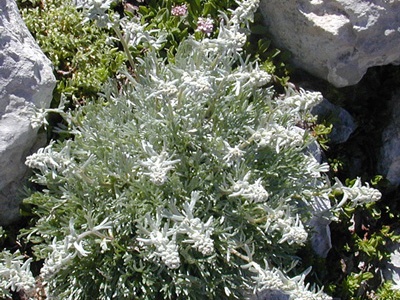
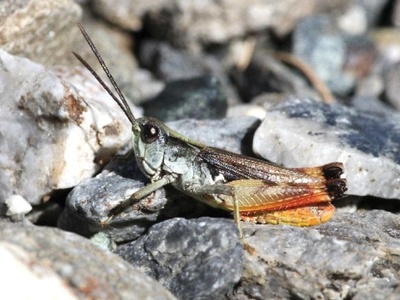
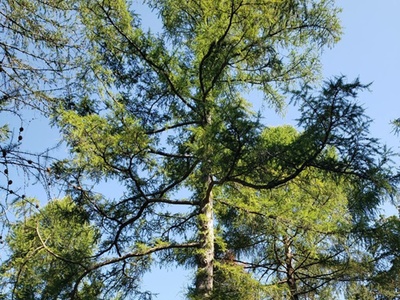
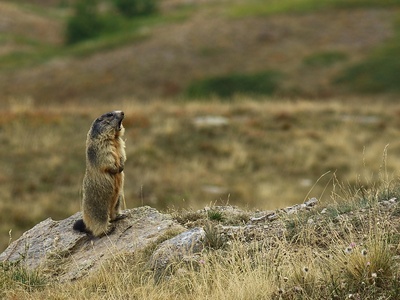
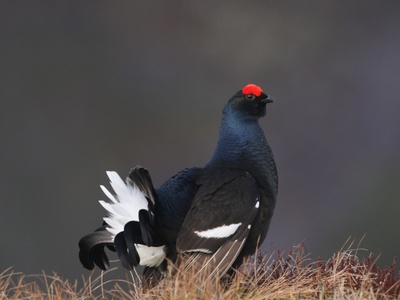
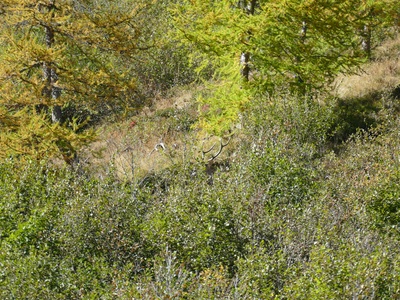
 Habitat
Habitat
